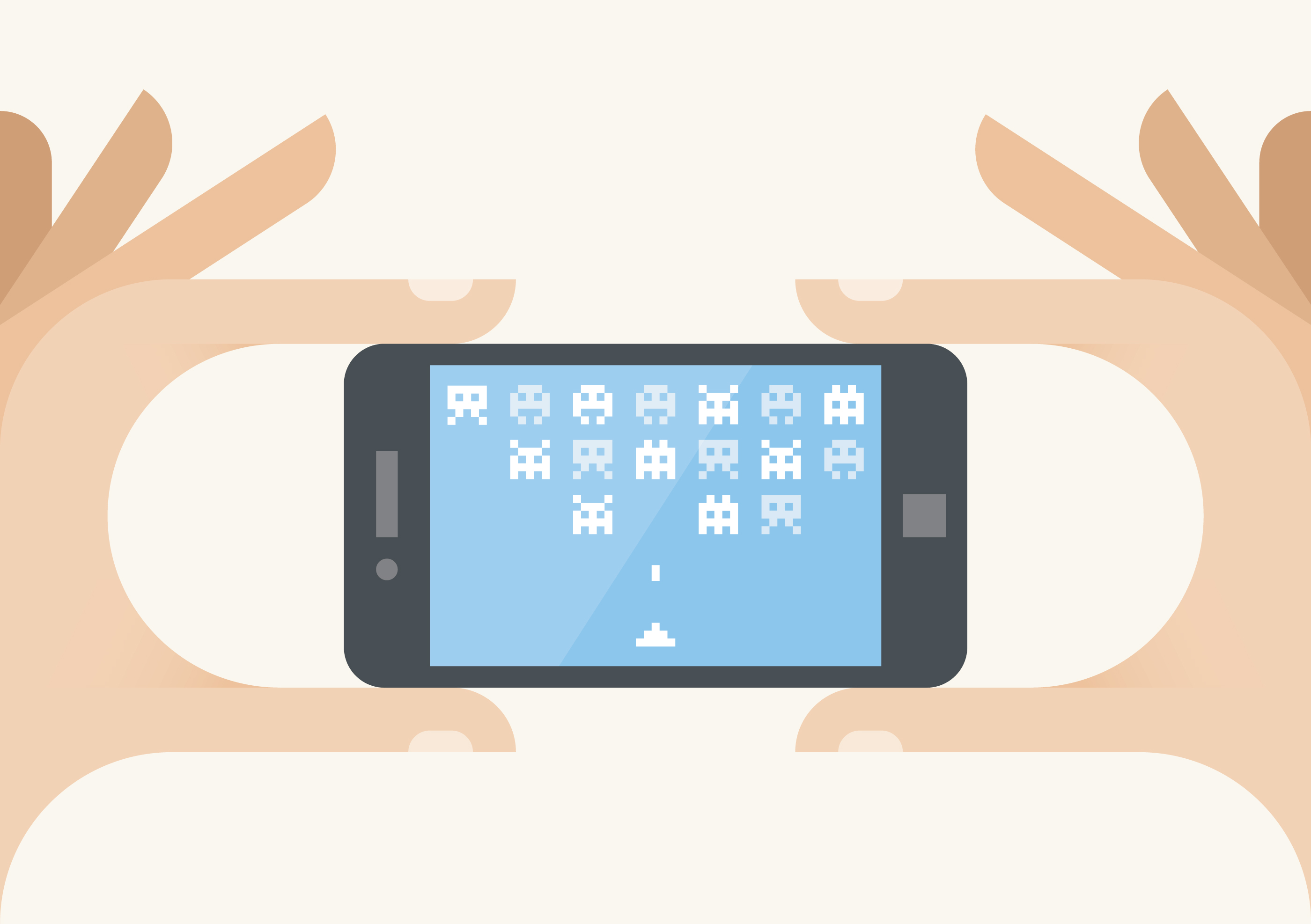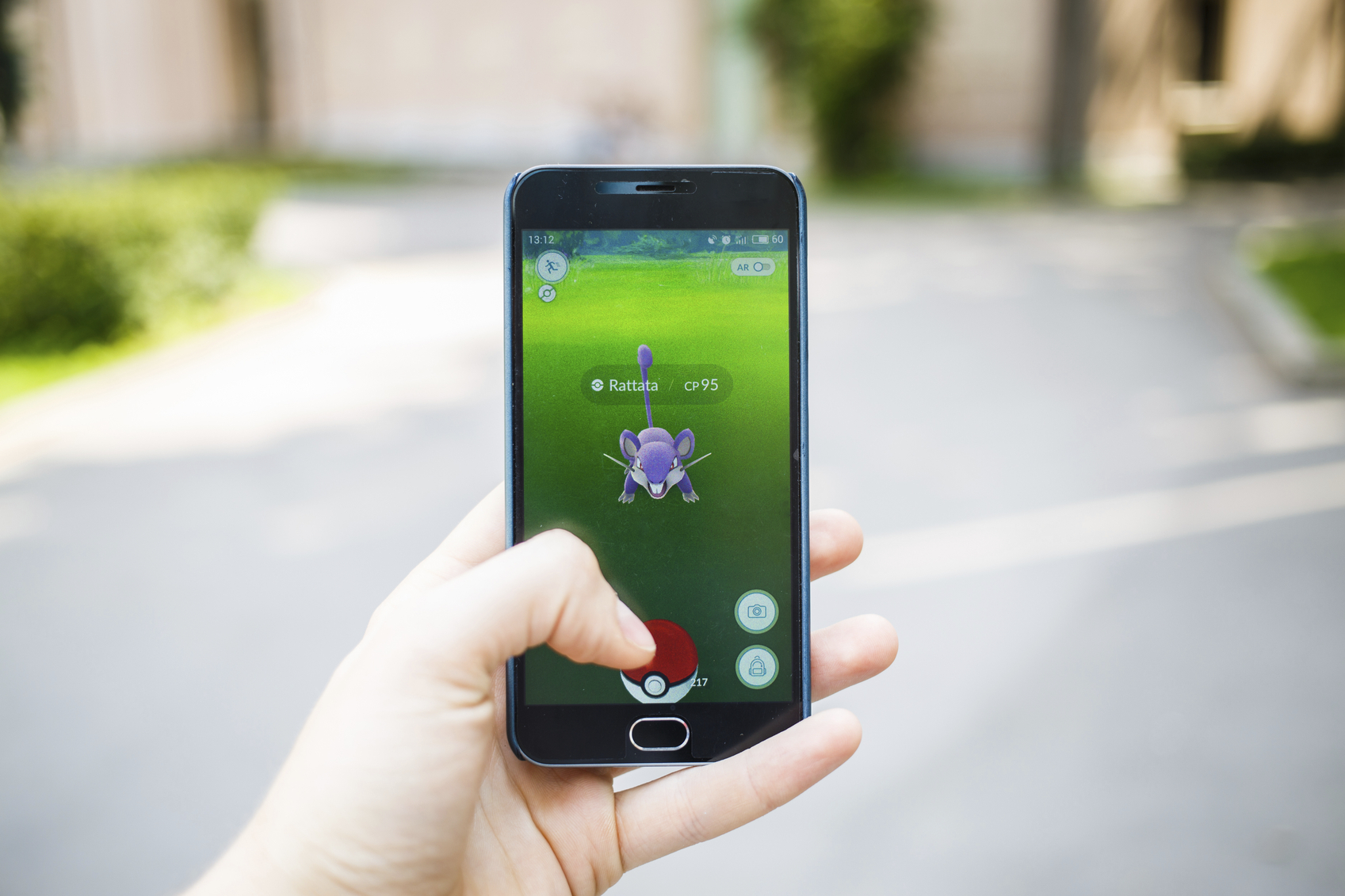What Happened
Facebook has added a new feature to its platform to spice up its content offering. Starting today, users can enjoy fast-loading gaming experiences that Facebook dubbed “Instant Games” right in Facebook Messenger and their News Feeds. Instant Games are HTML5-based and thus work on both mobile and the web without installing additional apps. The first patch of Instant Games comes with 17 titles that include household names such as Pac-Man. Pepsi is among the first brands to take advantage of this new feature to launch a branded game on Messenger to connect with mobile consumers.
What Brands Should Do
As mobile gaming continues to absorb consumer attention, a number of brands have experimented with branded games in recent years to connect with mobile consumers. Last month, Chipotle created a branded memory matching game to reward players with free food, and Michael Kors launched a series of casino-themed mini-games on WeChat for its Singles’ Day event. Just yesterday, Pepsi launched a chatbot-powered branded game on Messenger to connect with mobile consumers.
Given Facebook’s brand-friendly track record, it seems safe to assume that more brands will soon be able to leverage Instant Games to create branded gaming experiences to engage with consumers on Facebook.
Source: Engadget


